Specialized Venge ViAS Disc joins the aero range
Same weight as the rim-brake Venge ViAS, Specialized claims
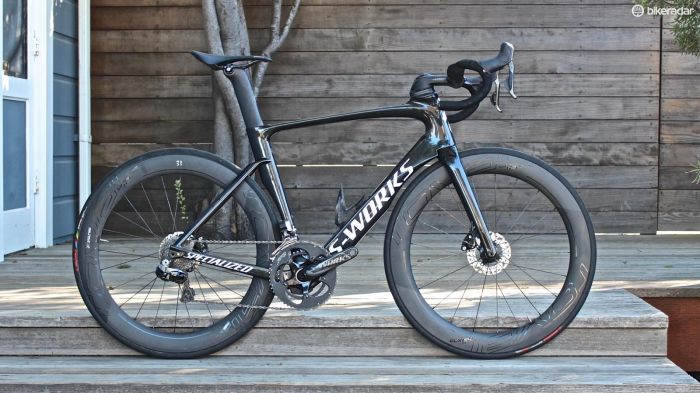
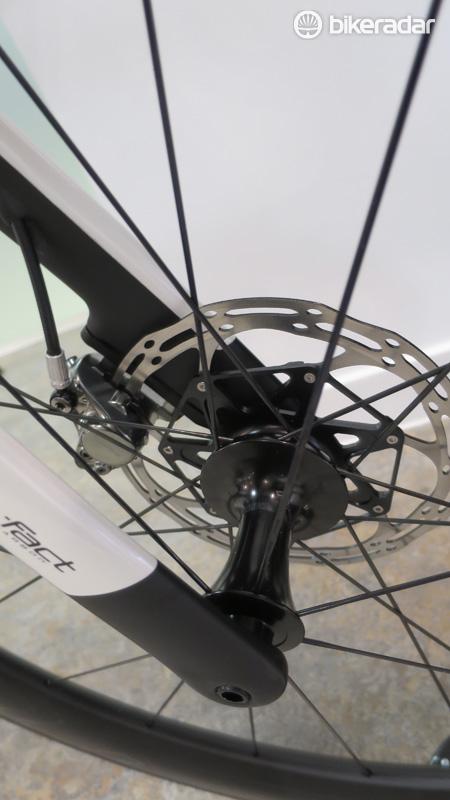
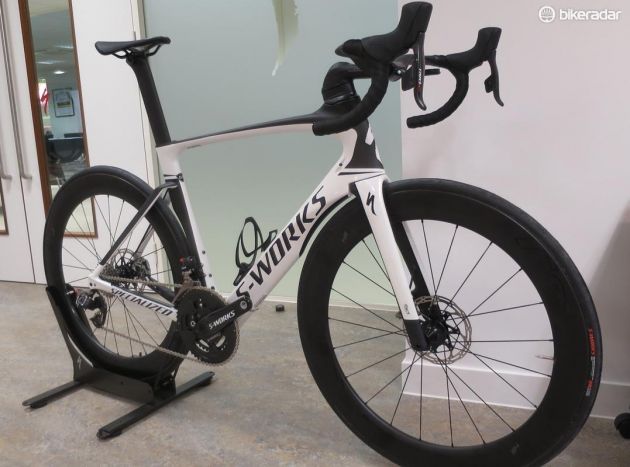
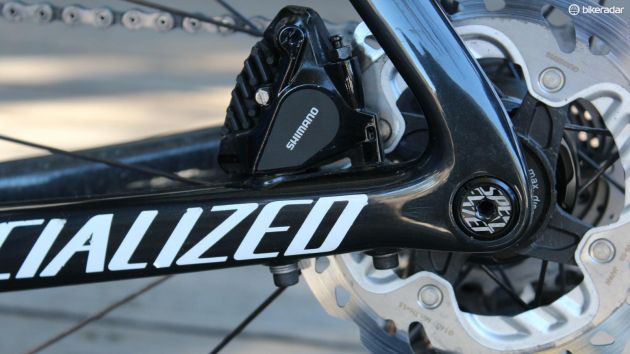
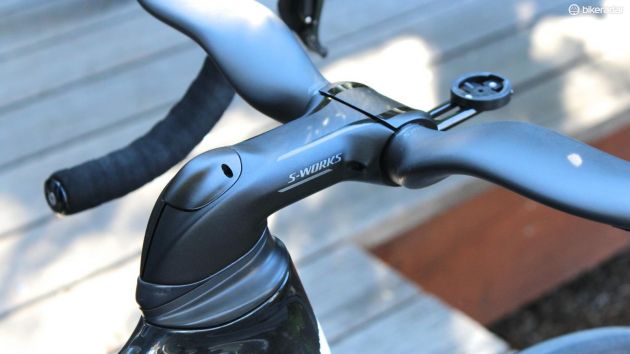
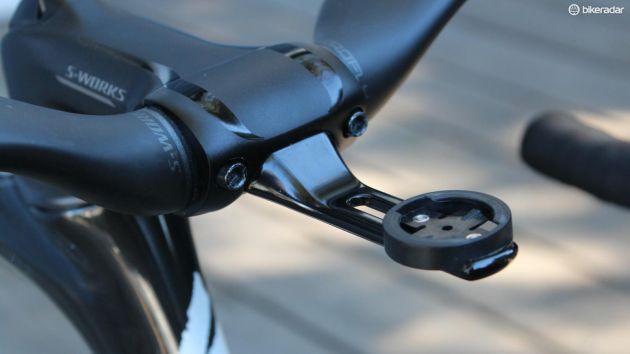
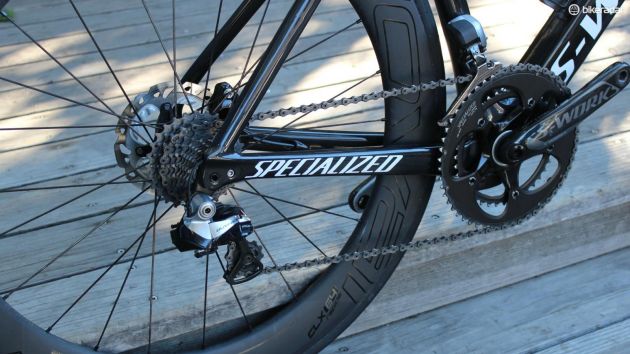
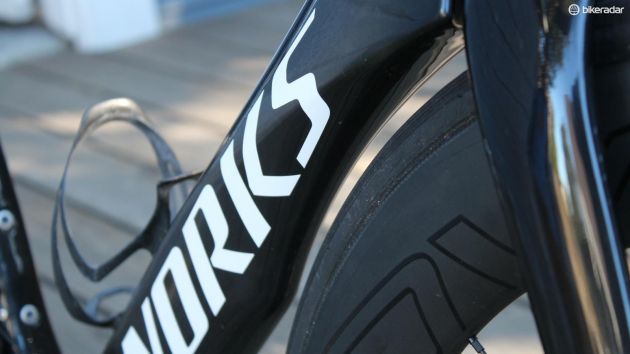
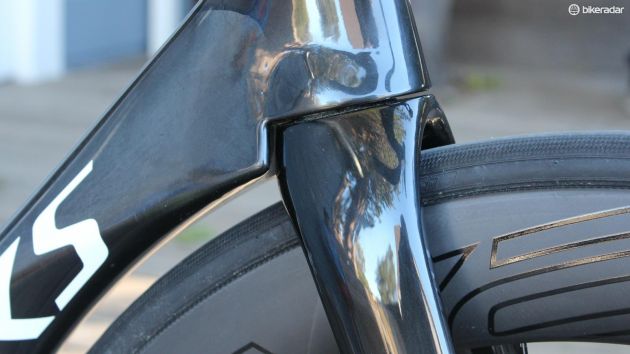
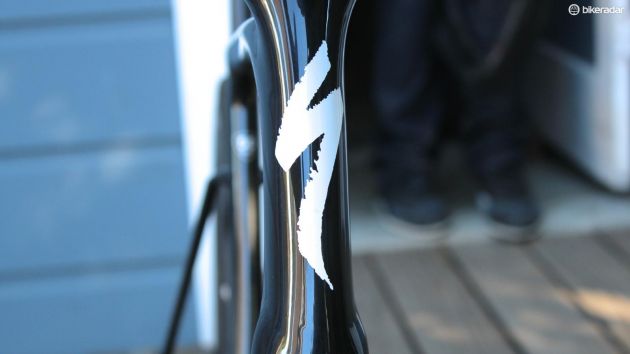
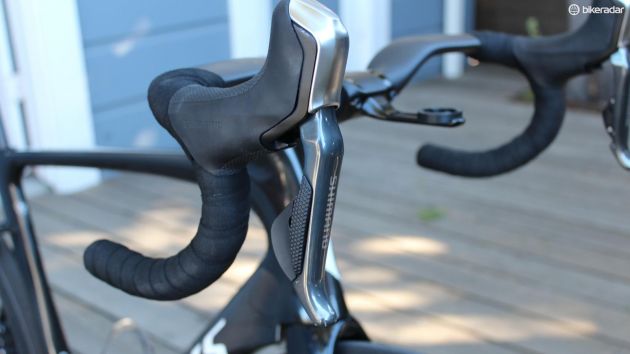
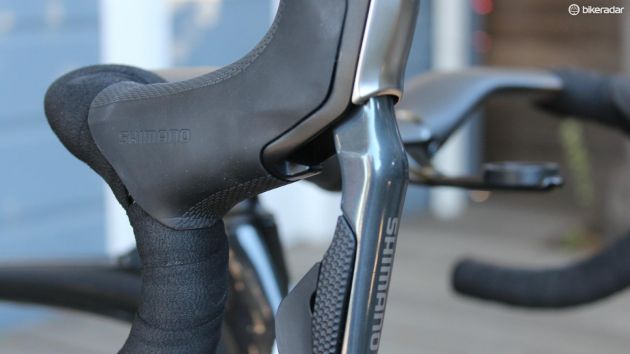
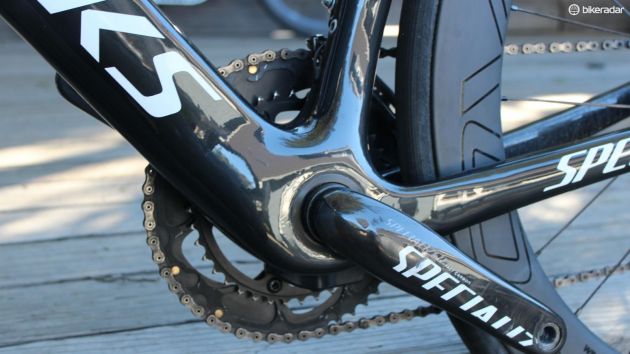
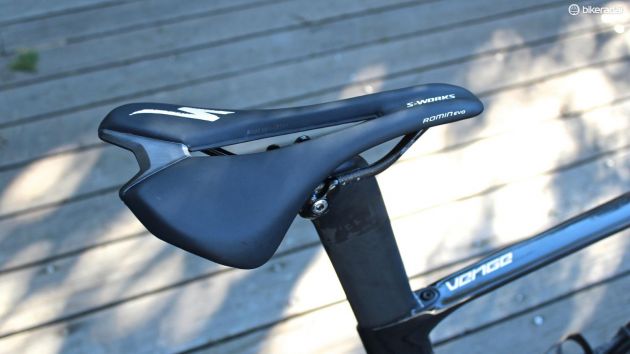
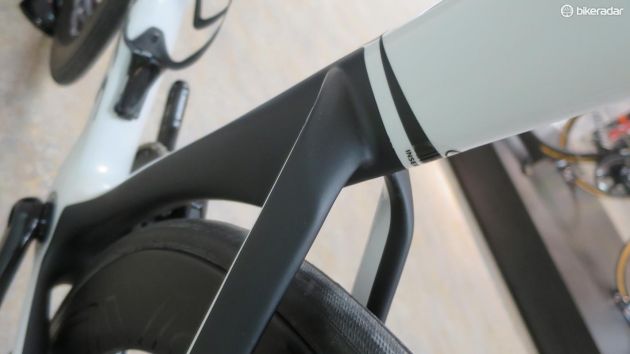
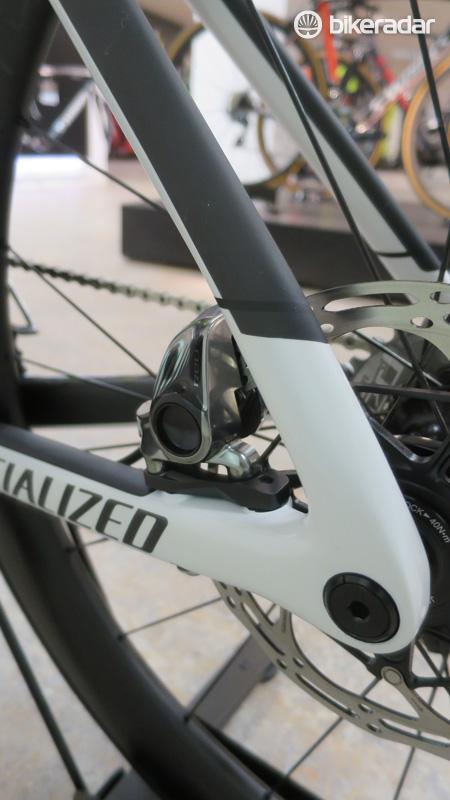
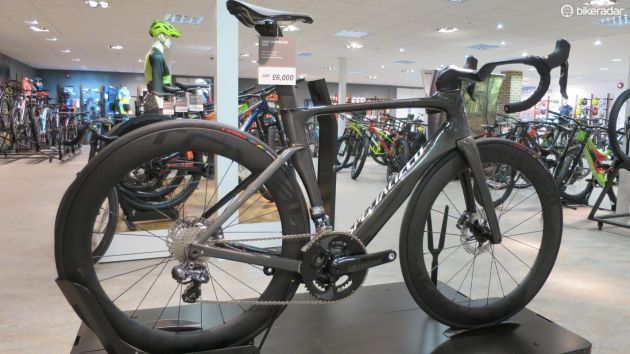
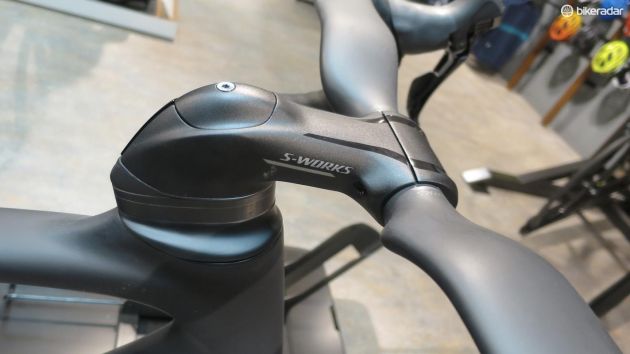
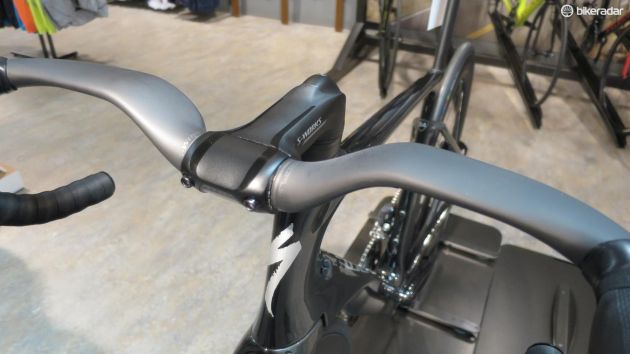
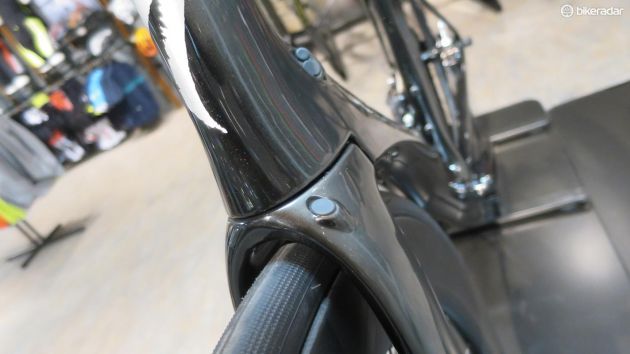
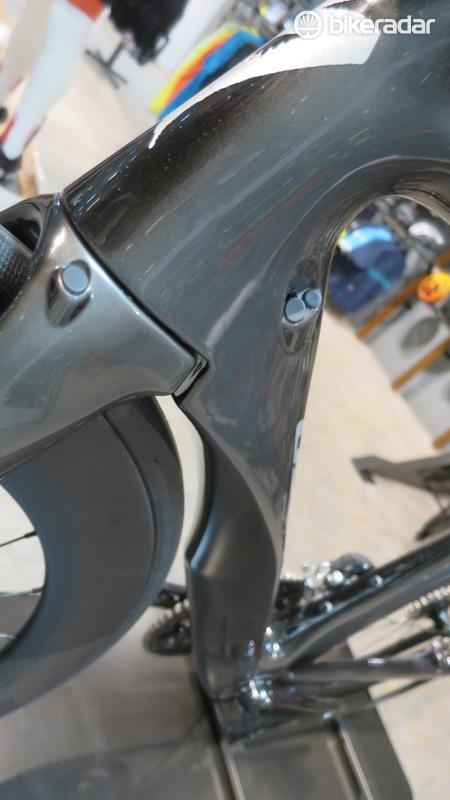
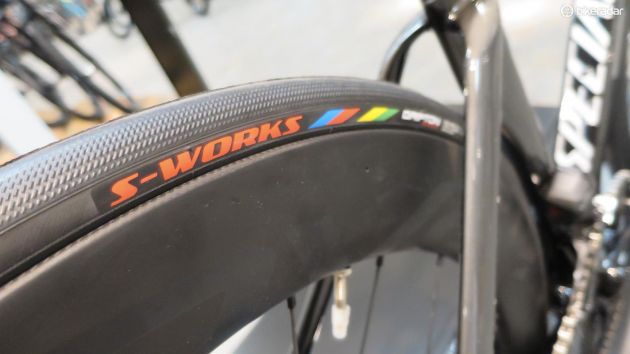
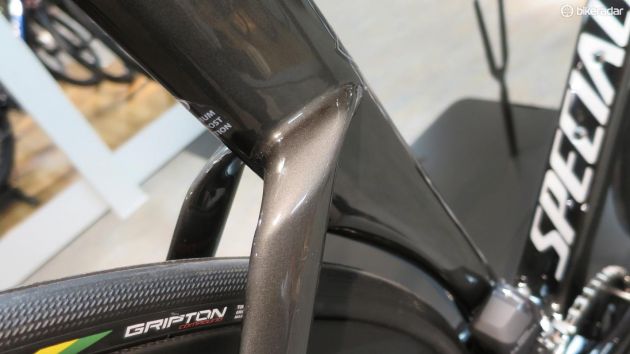
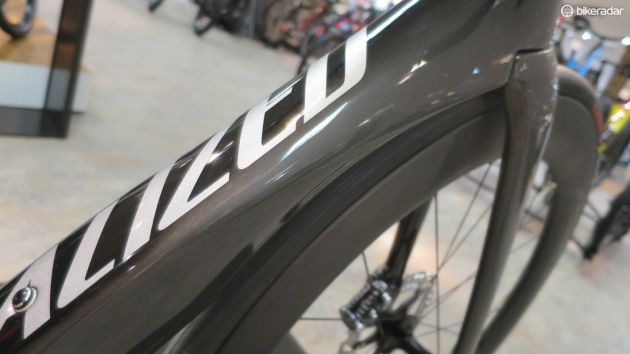
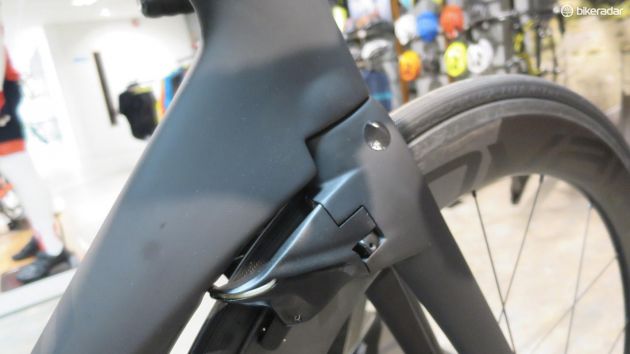
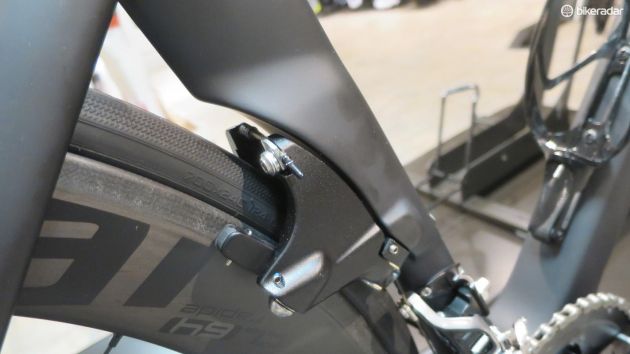
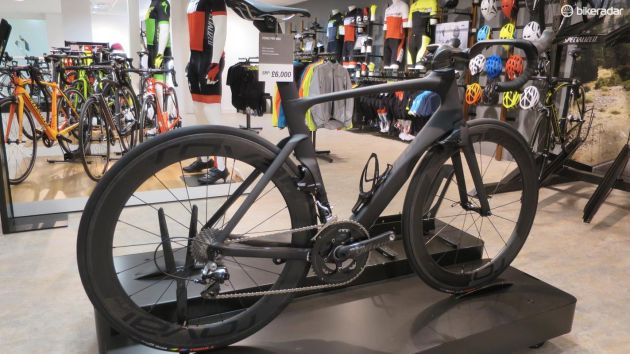
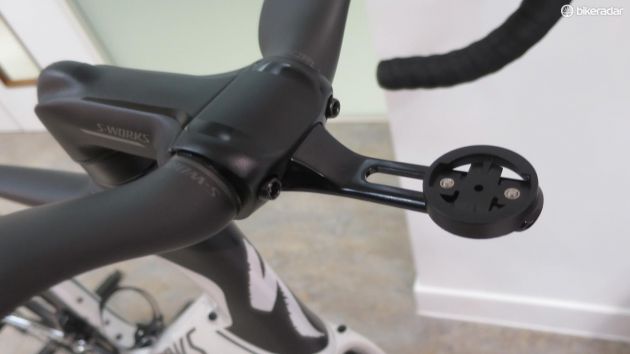
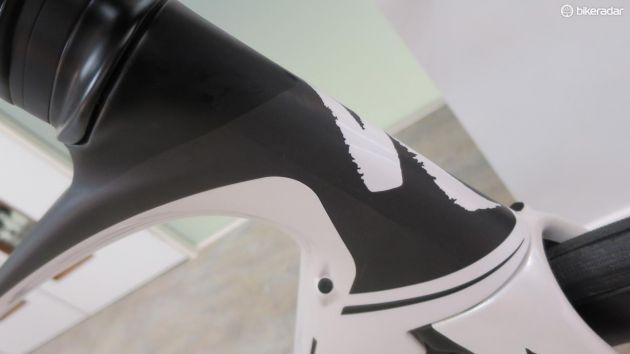
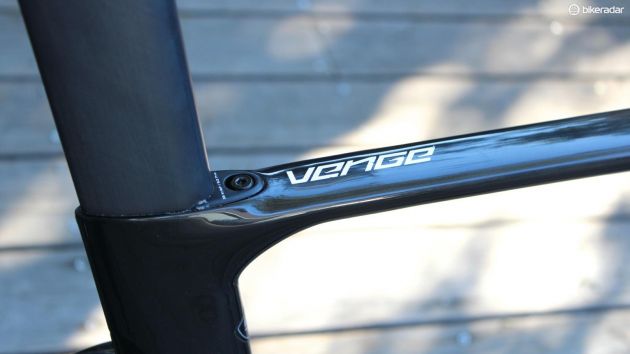
This article first appeared on BikeRadar.
Specialized began its Venge ViAS aero bike project years ago as a disc frameset, assuming that cycling’s governing body, the UCI, would allow disc bikes in competition in 2015.
When that timing got pushed back, Specialized began working on a rim-brake version of the ViAS instead, which launched in May of 2015. Now that road discs are gaining wider acceptance — in the general population if not within the pro peloton — Specialized is about to roll out its Venge ViAS Disc machine.
The thru-axle machine retains the same general shape as the rim-brake model, with extensive internal routing through not only the frame but the handlebar and stem as well. That said, there is now the option on both bikes to use a standard handlebar and the more conventional internal routing that begins at the top of the down tube.
In addition to the 100x12mm front / 142x12mm rear thru-axles and flat-mount adaptations instead of rim-brake caliper mounts, the disc frame has a better weight-to-stiffness ratio, Specialized claims, weighing nearly 200g less than the original frame.
“The goal was not to have any weight difference between the two bikes,” said Specialized road bike manager John Cordoba. “Discs add about a pound.”
To accommodate the rear discs, the chainstays are 5-10mm longer and 12mm wider at the axle than the rim ViAS.
Get The Leadout Newsletter
The latest race content, interviews, features, reviews and expert buying guides, direct to your inbox!
With the Tarmac Disc, Specialized opted for a proprietary 135mm rear hub to keep the Tarmac’s 405mm chainstays and still fit a rotor. This meant that only a Specialized rear wheel could be used with the bike. The ViAS, by contrast, has the now-standard 142x12 thru-axle rear, for compatibility with the UCI’s regulations and neutral support for pro riders in races.
There are two axle options: DT Swiss handles, or a flush-mount 5mm Allen key, for maximum aerodynamics.
“We did a time test with mechanics on wheel changes,” said Specialized aero R&D engineer Chris Yu. “They were basically the same for quick-release wheels and disc wheels when the mechanic used T-handle Allen wrenches.”
The 5mm Allen option removes the pro rider’s ability to remove a flat wheel while waiting for service, so it will be interesting to see what teams choose to do for axles.
Earlier this year, the UCI announced that teams and neutral service had agreed to use 100x12mm front thru axles, 142x12mm rear thru axles, and 160mm rotors.
Aero bars and aero comparison of disc and rim bikes
There are two handlebar and stem options with the ViAS: the Aerofly ViAS features fully internal routing, not only in the bar but through the stem and into the frame. The regular Aerofly bar features the same dropped shape (the lowered stem reduces drag), but without the through-the-stem cable routing.
Using a 40km at 40kph standard, Specialized claims the Aerofly ViAS is 18 seconds faster than the standard Aerofly, which is another 18-20 seconds quicker than a standard round handlebar. (Specialized built its own wind tunnel a few years ago and uses it for R&D on bikes, components, helmets and clothing.)
Notably, both Aerofly bars are angle-adjustable within the stem. Specialized engineers debated building an integrated bar/stem, à la the model on Trek’s Madone aero bike, but opted to keep more fine-tuning options for riders.
In terms of aerodynamics, the ViAS Disc gives up a few seconds to the rim version.
Chris Yu, Specialized’s head of applied technologies, said that at low wind angles, from +/-5 degrees yaw, the disc bike is 2-4 seconds slower (over that 40km at 40kph) than the rim bike. At greater yaw angles, such as 10-15 degrees, the difference grows to about 10 seconds if the wind is coming from the non-drive side and hitting the rotors. If the wind is coming from the drive side, however, the difference is just 2-4 seconds, Yu said.
So what’s the improvement for an aero bike to add disc brakes if the additional surface area slows the bike down? Well, Specialized argues, the superior braking of disc brakes can allow for faster overall performance as riders can brake later and more confidently into corners.
The rim-brake Venge ViAS continues for 2017 with a few small tweaks, including stronger springs in the calipers.
Pricing and availability on the various Venge ViAS models is not yet available.